Squid, also known as cuttlefish or squid, is a common marine mollusk. However,not all cuttlefish are called squid. The Fuqing County Annals of the Kangxi period of the Qing Dynasty explained the squid as follows: "The common people call the larger cuttlefish a squid." The Jinjiang County Annals of the Qianlong period of the Qing Dynasty also recorded the difference between the two: "The cuttlefish has a round tail, while the squid has a pointed tail." From this we can conclude that the ancients defined the squid as: larger than ordinary cuttlefish, and with a pointed tail.
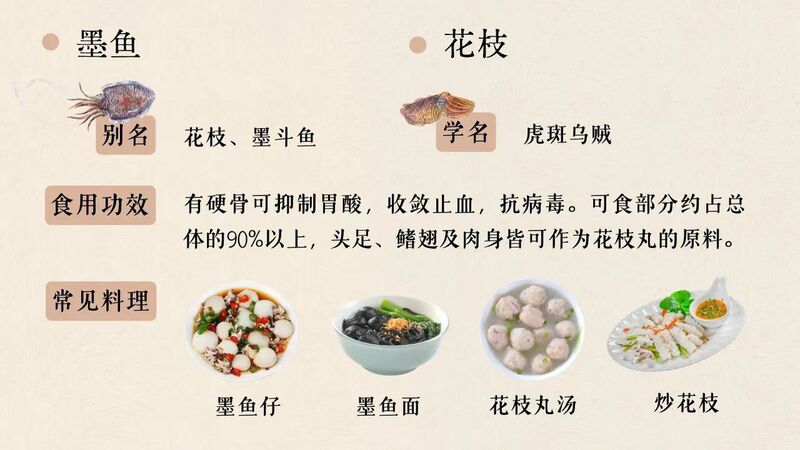
And the squid that you often eat at night markets is the Chinese squid, and squid and squid are its aliases. The alias "squid" can be traced back to the "Illustrated Materia Medica" written by Su Song in the Song Dynasty: "A kind of squid, similar to squid, but without bone ears." This is also the earliest documented record of squid.
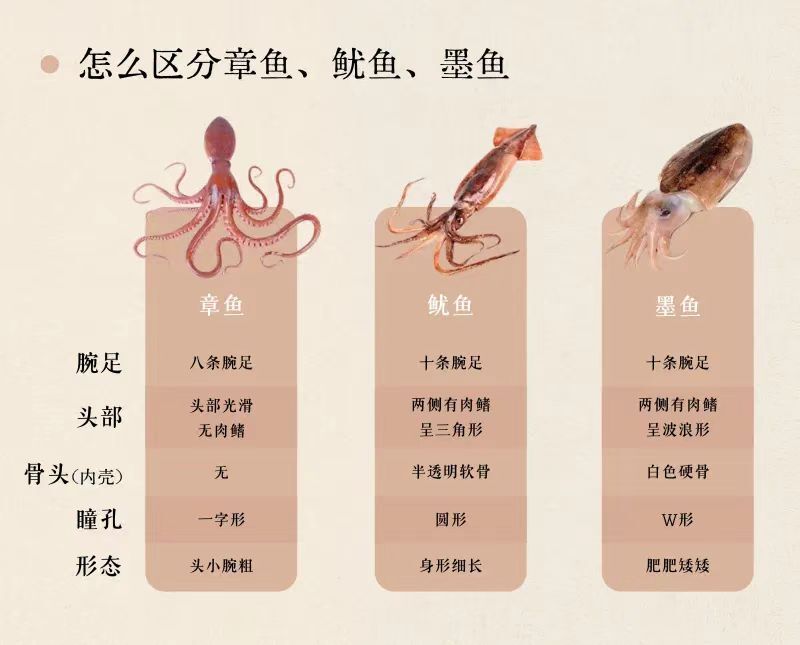
From a biological classification, squid belongs to the order Lanceriformes, while cuttlefish belongs to the order Sepiae (also known as Cuttlefishes). Lanceriformes is a distant relative of the order Sepiae, and belongs to the order Decapoda together with the order Sepiae.
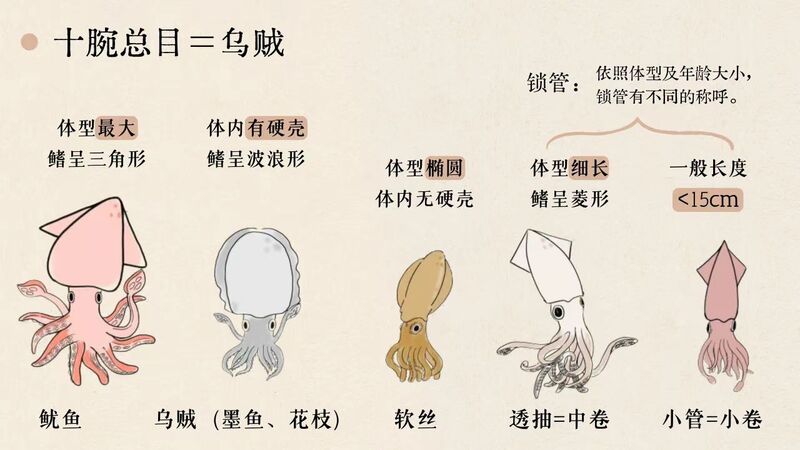
The body surface of the squid is usually yellow or light brown with black stripes. When encountering predators, the squid will spray ink to escape danger, and is distributed in the world's oceans. So, what are the types of cuttlefish? Today we have sorted out the top ten squid species for you, including umbrella squid, golden squid, white squid, tiger squid, pseudo-order squid, thin-armed squid, needle squid, fluorescent squid, piglet squid and flame squid. Let's learn about these common squid species and related information together!
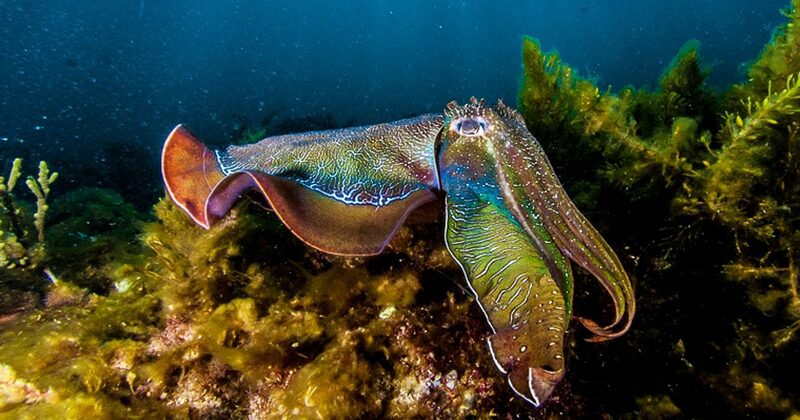
1. Corymbose squid
Features: Huge, can change color
Habitat: Southern coast of Australia
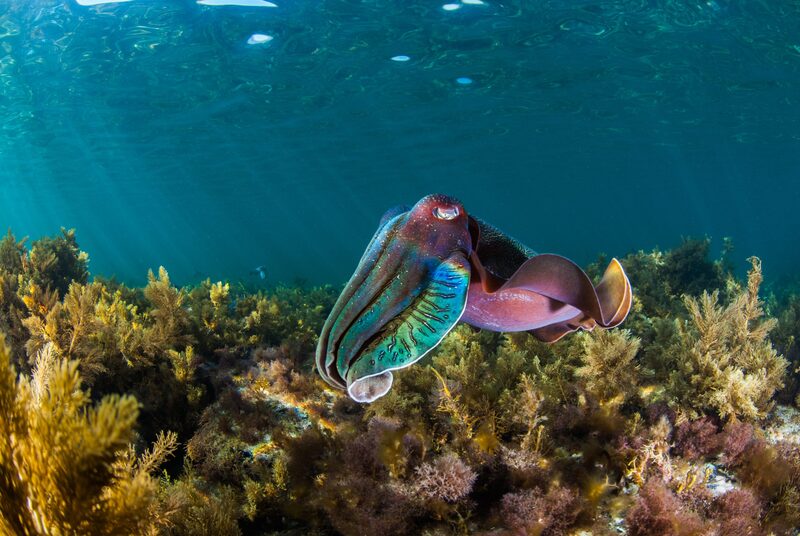
Corymbose squid, also known as the Australian giant squid, is the largest species in the squid family. Its tentacles can reach 50 cm, the total length is over 100 cm, and the weight is usually over 10 kg. A notable feature of the Corymbose squid is that it can use pigment cells to change color in an instant, usually showing bright fluorescent colors, especially during the spawning season, the body surface color is abnormally bright.
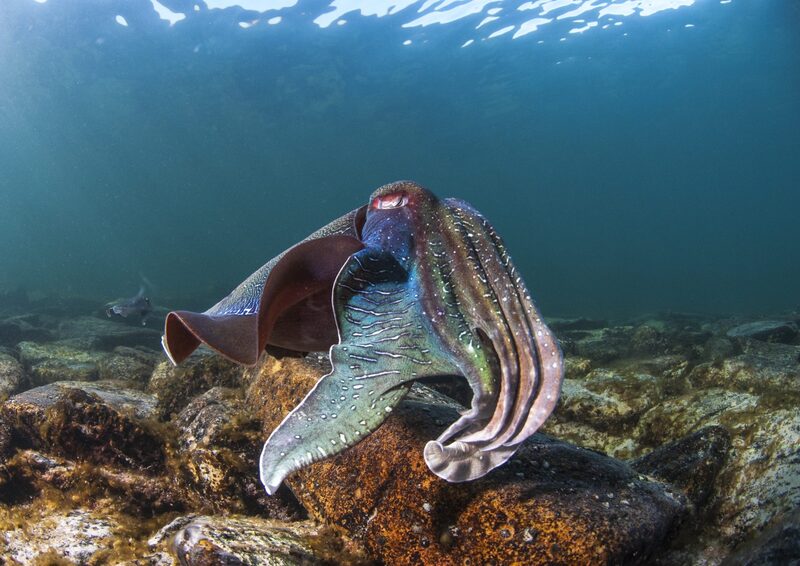
This squid lives in Australia and its surrounding waters, including Tasmania, usually hiding in caves or rock crevices, and resting most of the time. During the mating season, they become active, and after spawning, many individuals will die. Their bodies appear on the beach, marking the end of the spawning season.
2. Golden squid
Features:Medium-sized squid, golden luster on the body surface
Habitat:Russia/Japan/North Korea
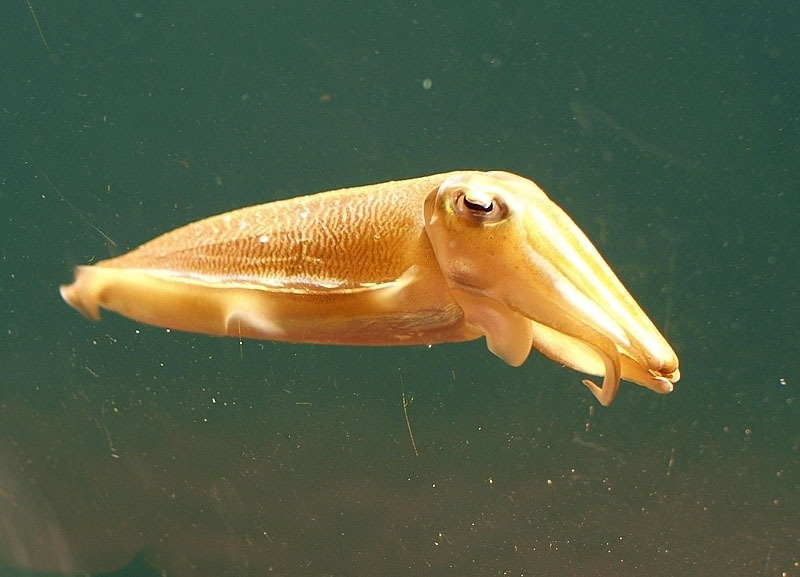
Golden squid is a squid species with high economic value, and its annual production ranks among the top squid species in the world. Golden squid is widely distributed in the waters of Russia's Far East, Japan's Honshu, Shikoku and Kyushu, as well as the west and south coasts of North Korea, and even in the waters of the Philippines. Golden squid is abundant along the coast of China, especially in the Yellow Sea and Bohai Sea.
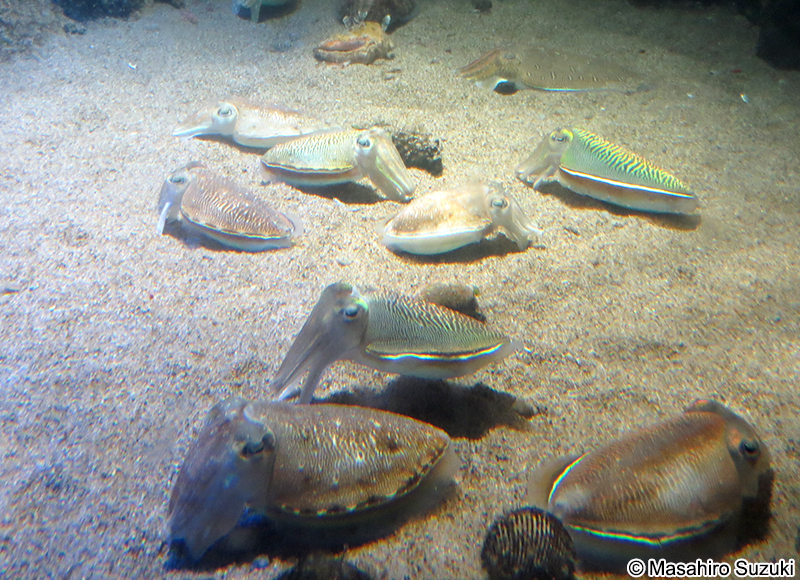
Golden squid is a medium-sized squid with an oval body and a slightly flat dorsal and ventral surface. It has an ink sac in its body, which contains black liquid. It is yellowish brown in appearance, with brown-purple and white spots interlaced on the surface. The back of the male golden squid has wavy stripes, which will gleam with a golden luster in the sun.
3. White-spotted squid
Features: Yellowish brown body/with fine white spots
Habitat:Northwest Pacific Ocean
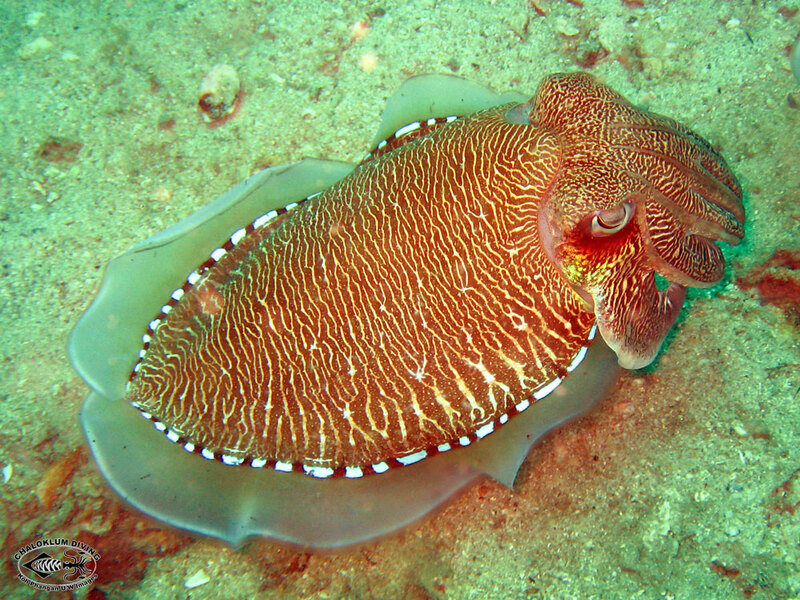
White-spotted squid is one of the top ten cuttlefish species, characterized by many gray-white spots of varying sizes in the center of the back. The carcass of this squid is oval, the back is yellowish brown with fine white spots, the shape is long and oval, the back has larger particles, and the abdomen is convex in front and concave in the back. There is a front groove in the middle of the transverse surface, and the spicule at the end is relatively strong, with a maximum body length of 0.5 meters and a weight of 10 kilograms.
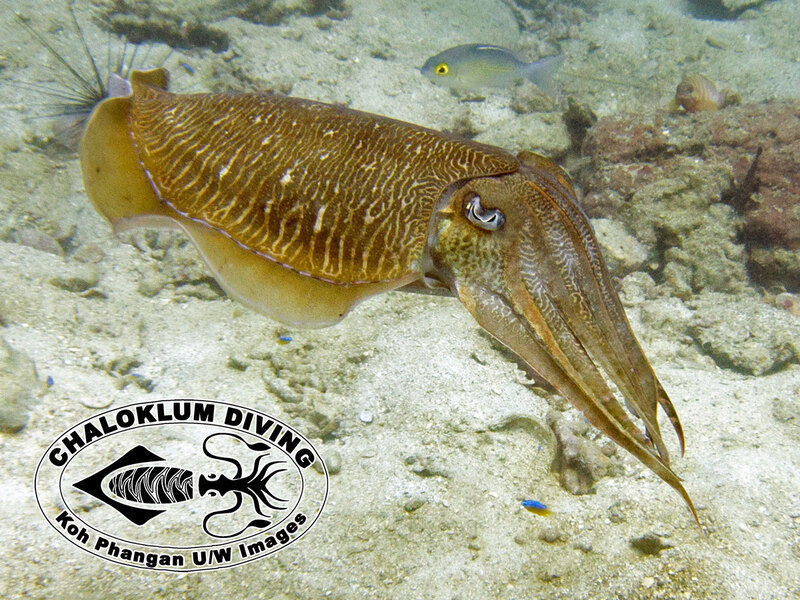
White-spotted squid is mainly distributed along the northwest Pacific coast, including the South China Sea, southern Japan, the Ryukyu Islands, the Philippine Islands, the Malay Archipelago and the east coast of India. In spring, they will concentrate on swimming in shallow waters with a depth of several meters to tens of meters to reproduce, and in autumn, they will hibernate at a depth of about 100 meters on the inner edge of the continental shelf. The fishing season is mainly concentrated from November to April, and the best fishing period is from January to March.
4. Tiger-spotted squid
Features: Tiger stripes on the back
Habitat: South China Sea/Indian Ocean/Gulf of Aden
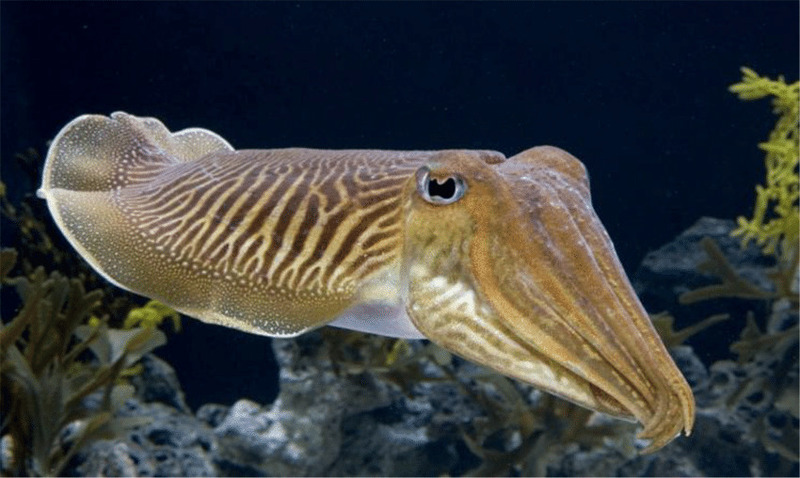
The tiger-spotted squid is very similar to the white-spotted squid, and its biggest feature is the stripes on the back. The male tiger-spotted squid has dense horizontal stripes on the back of the body and head, which looks like "tiger stripes". Female individuals also have similar stripes, with a shield-shaped body, sickle-shaped tentacles, and an oval inner shell. The maximum known body length of an adult is 430 mm for females and 330 mm for males, and the maximum weight can reach 5 kg.
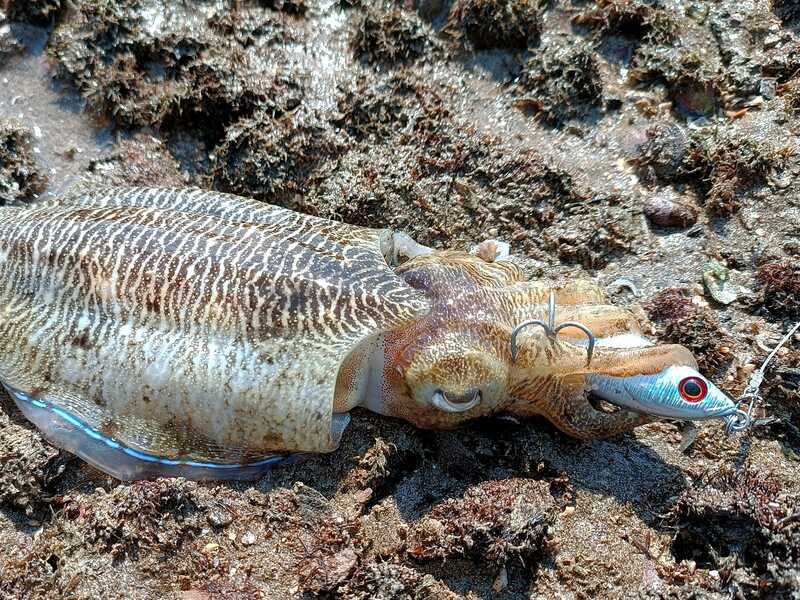
Tiger squids are mainly distributed in the coastal waters of the northwest Pacific and northern Indian Oceans. The main fishing areas include the South China Sea, the Indian Ocean coast and the Gulf of Aden. They usually live in waters about 100 meters deep in winter, and gather in shallow waters in spring for mating and spawning, and have obvious phototropism.
5. Pseudo-squid
Features: Eye-like spots on the back
Habitat: Southwest Japan/China/Philippines
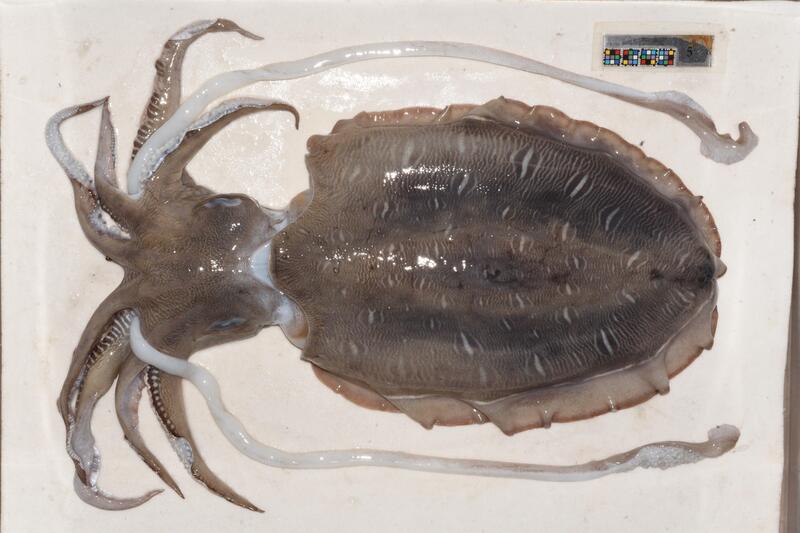
Pseudo-squids are one of the common squid species, named for the prominent eye-like white spots on their backs. This squid is mainly distributed in the Indian Ocean and the western Pacific Ocean, including the southern part of the Boso Peninsula in southwestern Japan, from the southern part of Honshu Island, the coast of North Korea to the East China Sea, Taiwan, the South China Sea, the Philippine Sea, Vietnam and Borneo. They usually live together with white squid and tiger squid.
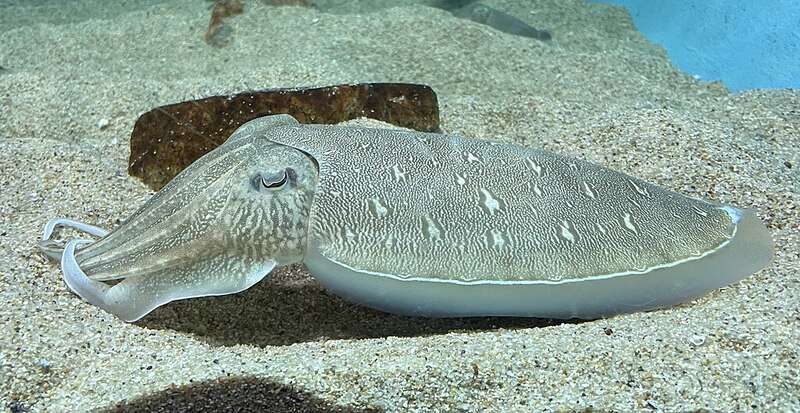
The fleshy fins of the pseudo-order squid are relatively wide, located on both sides, and the rear end is connected to the entire edge of the carcass and separated at the rear. The length of its sessile arms is slightly different, and the suckers are arranged in 4 rows, and the suckers on each arm are similar in size. The inner shell is oval, with concentric rings of calcareous particles on the back, the longitudinal ribs are not obvious, and there are thick bone needles at the rear end of the shell. It is currently known that the maximum carcass length of an adult can reach 400 mm.
6. Slender-armed Squid
Features: Small and well-proportioned/flat in shape
Habitat: Tropical/subtropical/temperate waters
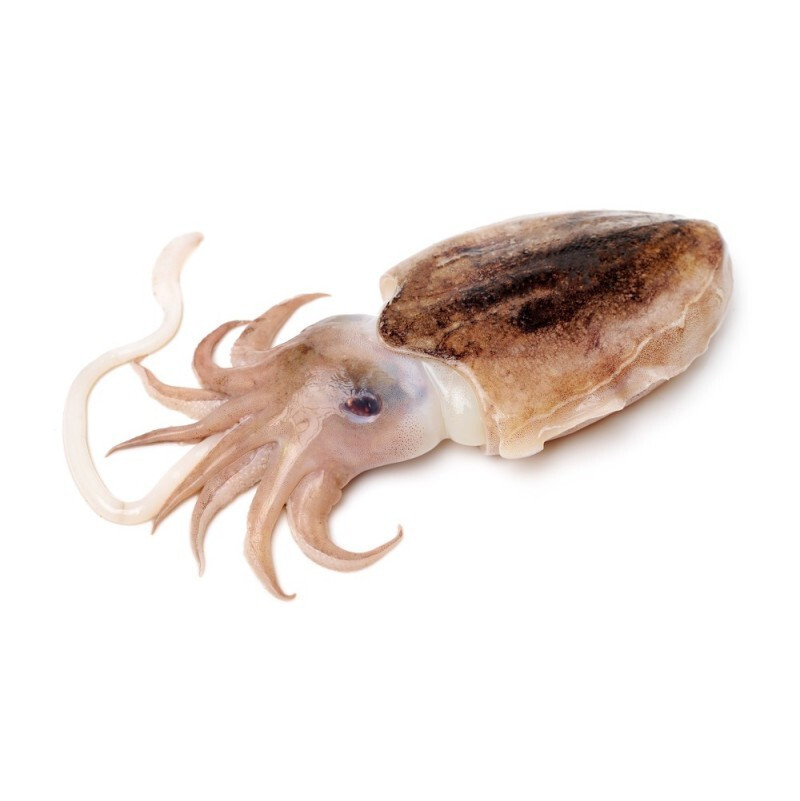
The slender-armed squid is a small squid, only about 1 cm long. Despite its tiny size, the internal structure of the slender-armed squid is as complete as that of other squid species. It is covered with a wrinkled skin called the mantle, and the interior is the mantle cavity. The fins around the rear end of the body are like a long and narrow lace skirt. The head is equipped with a pair of complex and developed eyes, similar to human eyes, and there are also 10 tentacles.
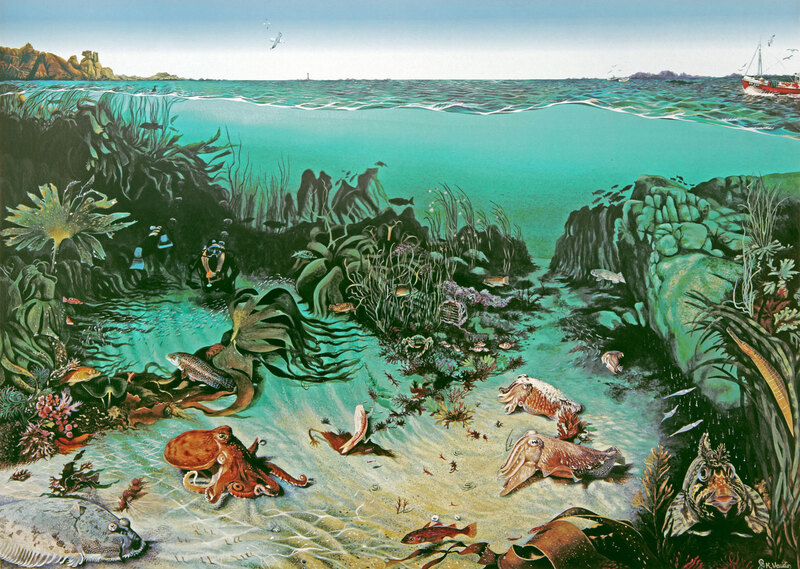
The body surface of the slender-armed squid is dotted with a large number of chromatophores, so its colors vary, mainly brown, black, yellow and red. They are widely distributed in tropical, subtropical and temperate oceans. With their rocket-like high-speed swimming ability, the slender-armed squid is a master swimmer.
7. Needle squid
Features: Male and female are different/prominent spicules in the inner shell
Habitat: Northern Japan
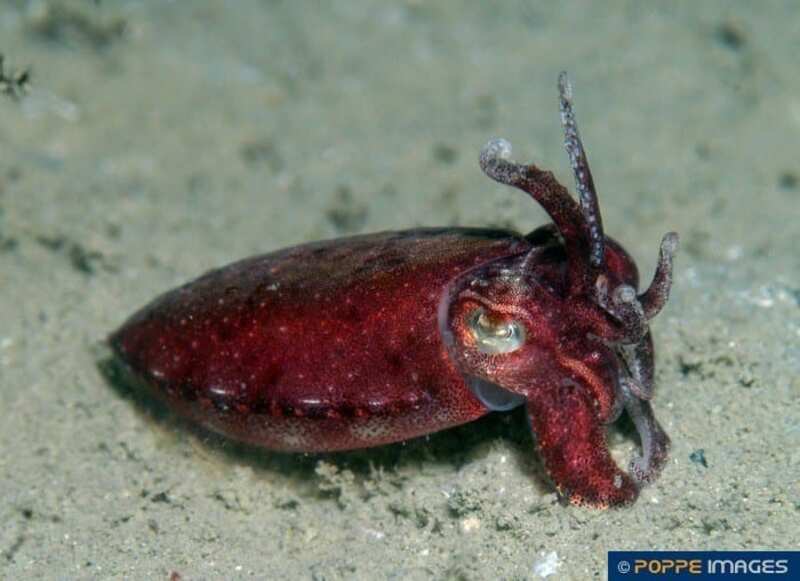
What other common types of squid are there? Needle squid is a relatively unique type of squid. It is mainly distributed in northern Japan and can also be found in coastal areas north of Zhejiang, my country. Needle squid usually live in the near sea and have certain clustering behavior. Their swimming ability is relatively weak. In mid-April every year, they will migrate to the coast for reproduction.
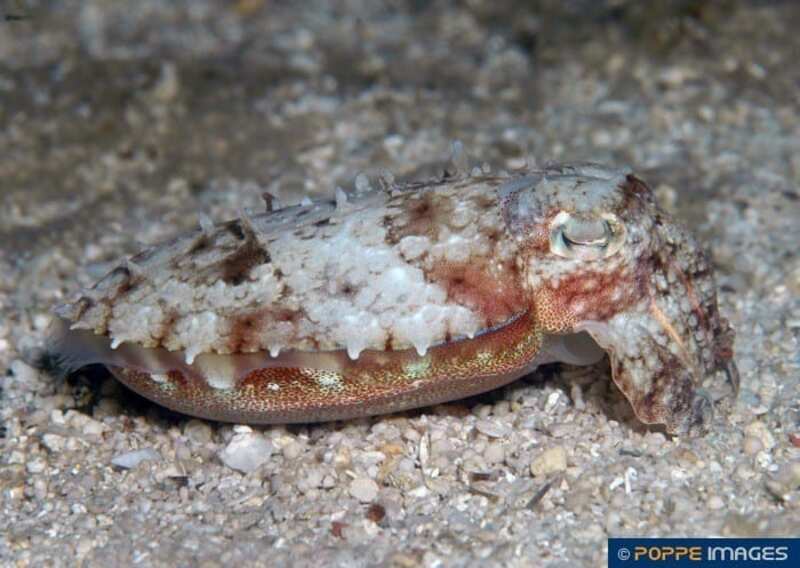
This squid is small in size, with obvious sharp spicules at the back of the inner shell, and the size difference between males and females is obvious. The male has a slender body and a conical shape. The arms are arranged in a 2-4-1-3 pattern, with the second pair of arms being more than twice as long as the others. The inner shell is longer, about six times longer than the width. The female is plumper, with a short and nearly oval body. The arms are arranged in a 2-1-4-3 pattern, with little difference in length between the arms. The inner shell is relatively short, about four times longer than the width.
8. Fluorescent Squid
Features:Small body/luminous
Habitat:Toyama Bay, Japan
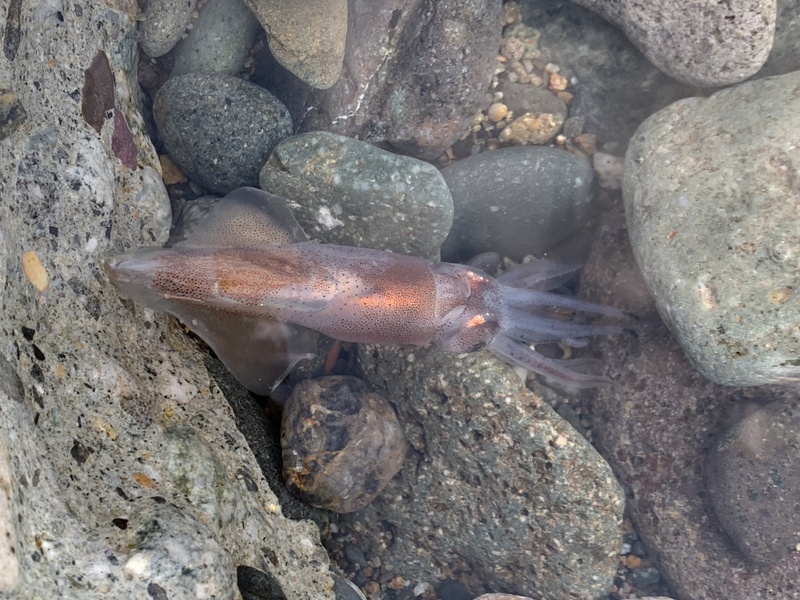
Fluorescent squid is a type of squid that can glow, also known as firefly squid, firefly squid or firefly squid. Its body size is generally only 7 cm, and it has complex epidermal and eye light organs, which are mainly distributed in the mantle, head, eyes and wrists, among which the brightness of the eyes and lower abdomen is particularly significant. Fluorescent squid emits cold light under the action of oxygen, magnesium ions and luciferase through the radioactive complex synthesized by itself, usually showing a glittering blue color.
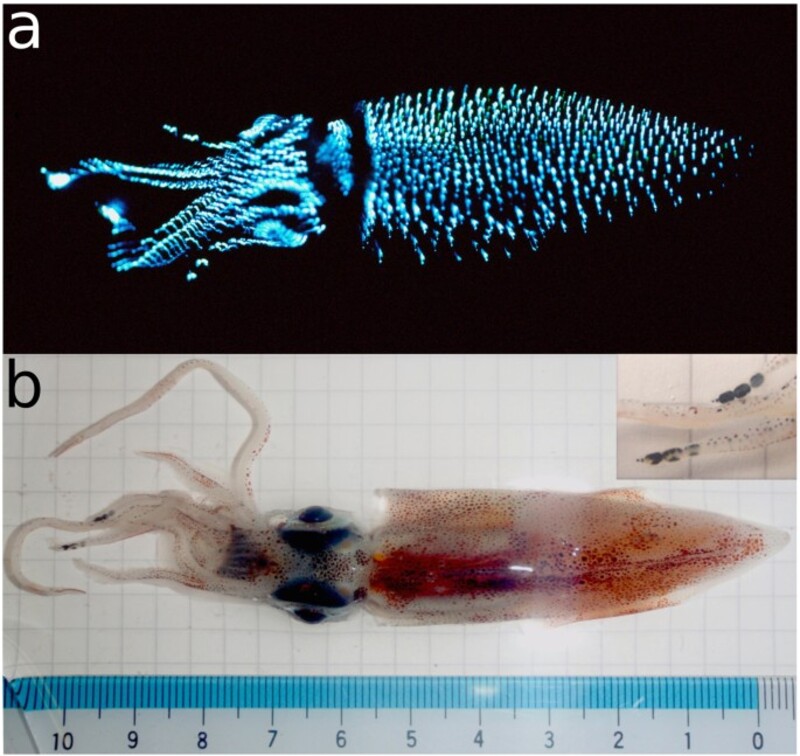
In the deep sea area of Toyama Bay, Japan, a large number of fluorescent squids live at a depth of about three to four hundred meters. Every spring, female squids will float to the surface of the sea to lay eggs after mating with males in the deep sea, which is also the best time to observe fluorescent squids.
9. Piglet Squid
Features:Transparent or translucent
Habitat:Surface to midwater layers in open oceans around the world
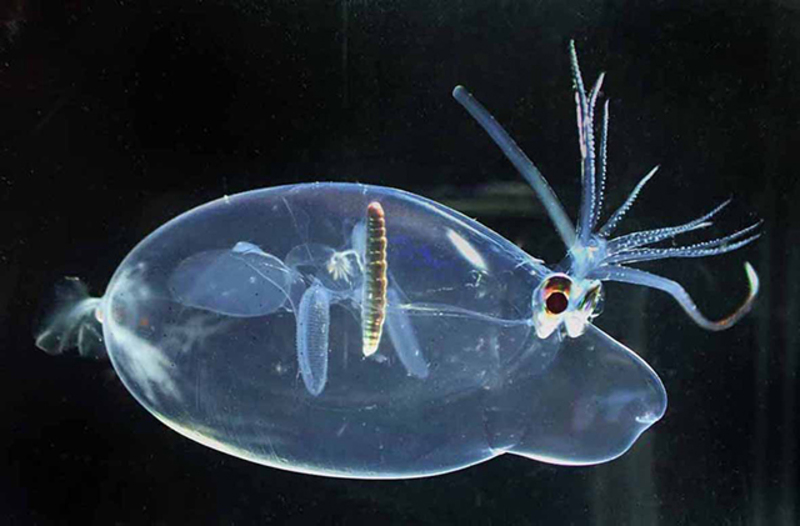
The Piglet Squid is a transparent squid with a small and delicate body. The Piglet Squid is characterized by being transparent or translucent throughout the body, small and round, and changing between transparent and translucent depending on the state of the pigment cells. The head has patterned pigmentation similar to pig nostrils, and the arms and legs are raised - this is exactly the opposite of the common squid arms and legs drooping.
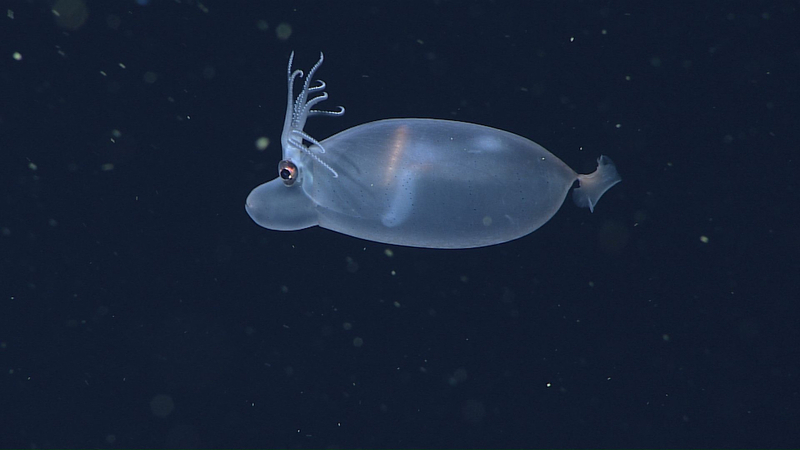
The average body length is only 10cm, and the maximum does not exceed 30cm. The piglet squid lives in the mesopelagic zone 100-200m from the sea surface. It mainly feeds on small aquarium/52-marine-animals.html">marine animals. There are pigment cells on the back of their bodies, which can adjust the color of the body. The transparency and color adjustment can make it "invisible" on the seabed.
10. Flame squid
Features: Body surface is fiery red/toxic
Habitat:Indonesia/New Guinea/Malaysia
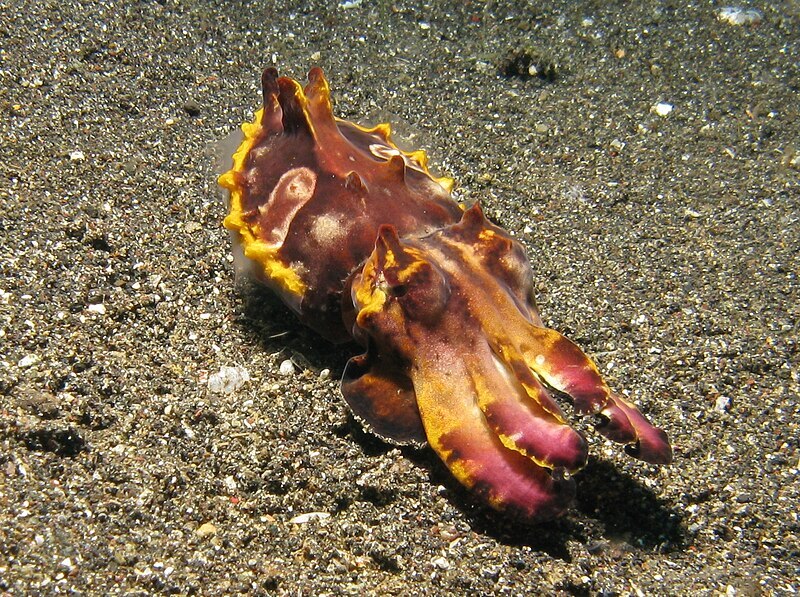
The Flame Squid is a poisonous squid that has no edible value, but is popular in the aquarium market for its beautiful appearance. Its body surface is mainly bright red, brown and yellow, and it looks like a burning flame when swimming. The Flame Squid has an oval mantle, and its arms are relatively short, flat, and blade-like. There are many protruding fin-like structures on the dorsal and ventral sides of the mantle, as well as above the head and eyes.
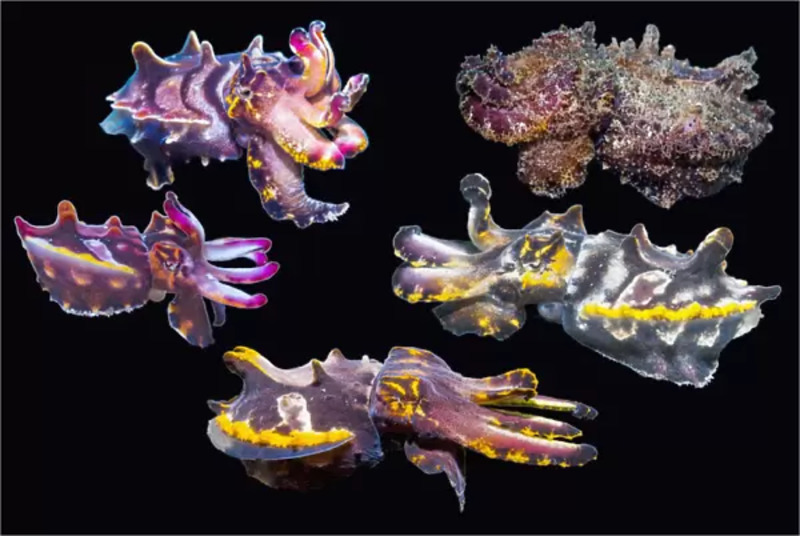
This squid is mainly distributed in the tropical waters of Indonesia, New Guinea, Malaysia and northern Australia. The Flame Squid is the only known squid that can walk on the seabed with its arms and fins, and it is also the only poisonous squid. Its bright body color is actually a warning color to alert potential threats.
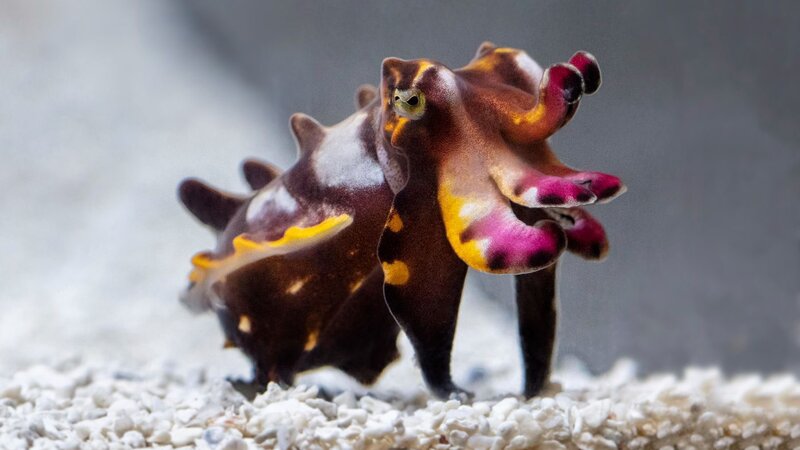
The ranking of the top ten squid species is based on the characteristics and quality of common squids, and refers to relevant information such as the public popularity of squid species, and is combined with other relevant rankings/lists on the Internet for comprehensive ranking recommendations. The list is for reference only. If you have any questions, please comment/communicate at the end.
animal tags: squid cuttlefish octopus
We created this article in conjunction with AI technology, then made sure it was fact-checked and edited by a Animals Top editor.